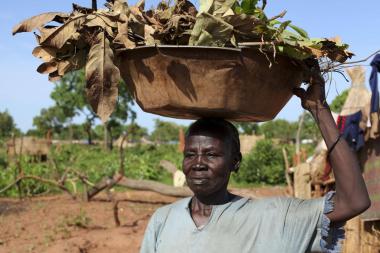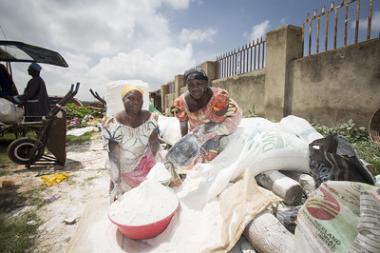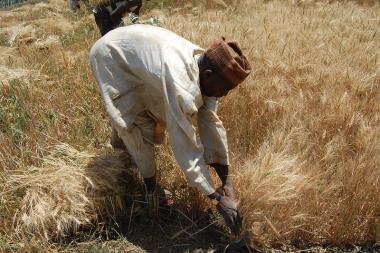Blog
Shocking price increases in Mali and Sudan: what, why, and so what?
This blog summarises the findings of a recently published report from SPARC, that looks at the spike in food prices in Mali and Sudan between 2019-2022, in part pushed higher by war in Ukraine.
When Russian invaded Ukraine back in February 2022, commentators and international agencies believed this would drive up international prices of fuel, fertiliser, maize, sunflower oil and wheat; and that such price increases would hit households on low incomes across the global south hard, pushing them into poverty and hunger.
For many parts of the global south, this was an exaggeration: an exaggeration that distracts from more pressing problems. Here’s why.
First, Russia’s aggression may have increased world prices, but those prices were already on the move. Prices of many traded commodities had been increasing since April 2020, almost two years before a tank crossed the Ukrainian frontier. Some prices, such as that of wheat, were only slightly pushed up by the invasion: one analyst sees an effect of less than 5%. Moreover, by May 2022, most world prices began to fall back.
Second, international prices of commonly traded commodities do not necessarily translate into price hikes for staple foods eaten in the global south. Cassava, yams, millet and sorghum, for example, all common staples across parts of Africa, are barely traded at all. Some low income countries are landlocked. The high costs of trading with such countries introduce a wedge between local and world prices. Locally-grown staples cost much less than imported cereals. Yes, rises in prices of traded staples such as wheat and rice may cause some people to switch to cheaper local staples and push up their prices, but this effect is minor.
This is not to argue that households on low incomes do not face alarming price rises. The prices of staples in Mali and Sudan, for example, have doubled or more since 2020: but those price increases have little to do with world markets. They arise from harvest failures, associated with drought and (local) conflict; they arise in Sudan from rampant inflation across the economy.
Large increases in staple food prices in the global south are quite common in the short term. Often they do not persist beyond the next good harvest. But while prices are high, people on low incomes suffer.
So here’s the point. We should worry less about events in distant Europe, and focus instead on what makes Malians and Sudanese food secure, and that is above all else local harvests and incomes. Development partners need to invest in varieties of crops more resilient to ever-more extreme weather, they need to invest in irrigation, they need to stimulate the non-farm economy to provide additional incomes to rural households, they need to fund social safety nets for those on very low incomes. And, almost needless to say, anything that will bring peace to places in conflict is a paramount need.
War in Europe has done no good for Africa, but for most people domestic issues matter more. Let not the war distract from the pressing agenda of agricultural and rural development.

Wheat growing in the Western Cape province of South Africa
Credit Image by Discott / Wikimedia Commons


